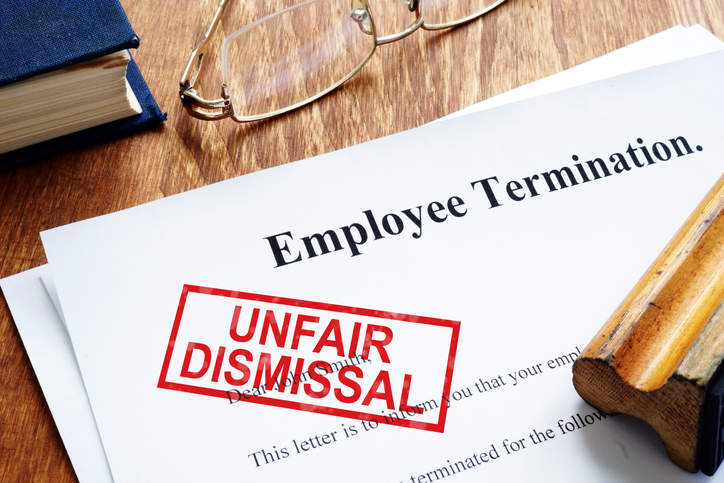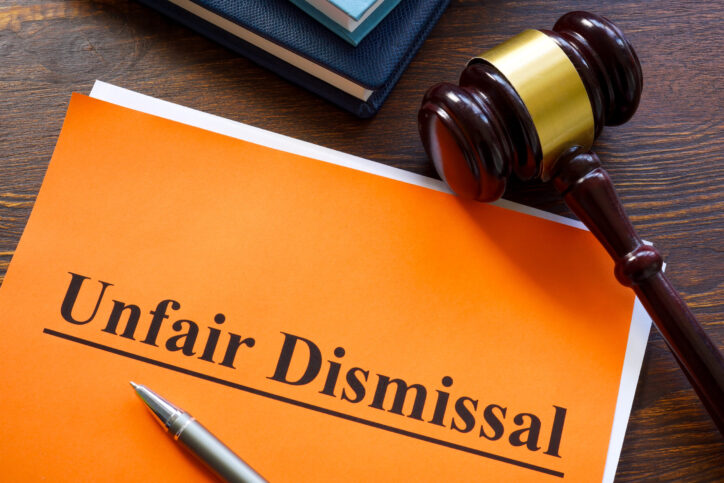CCIWA Employee Relations Advice Centre (ERAC) Manager Siobhan Griffiths provides insightful directives on how to manage an employee who is not meeting performance expectations.

Poor performance can manifest itself in different ways, including:
- low productivity;
- work that fails to meet quality standards;
- inability to meet realistic deadlines;
- lack of attention to detail, resulting in errors; and
- making unreasonable excuses for not completing work or undertaking new tasks.
Some of the reasons for poor performance can be:
- Lack of role clarity and/or communication on expected standards of work;
- Inability or unwillingness to meet core competencies;
- Environment (ie. poor culture, inadequate resources/equipment to perform work successfully); and
- Lack of support and/or appropriate training.
What is misconduct?
Misconduct or unacceptable behaviour is when an employee behaves in a way that is inconsistent with the employer’s policies, procedures, code of conduct, values or is naturally wrong.
Examples include:
- Persistent lateness, unexplained absences;
- Excessive personal phone usage;
- Personal conflicts with the workplace;
- Not following lawful and reasonable directions;
- Unacceptable attitude, uncooperative, slow to help others, non-communicative; and/or
- Breaches of workplace policies with seemingly little concern for the actions being taken.
Managing poor performance
Employers should clearly record specific examples of poor performance including when and where they occurred, what the required level is and any support the company has provided.
Once the poor performance has been clearly defined, a confidential meeting should be held with the employee to communicate their concerns and gain their views. It is best practice to invite the employee to bring a support person to the meeting.
Once the gap between the current performance and the required level is established, and the reasons for the poor performance, the right level of action can be decided.
Level of action could include:
- The casual comment: This should be done confidentially and not in a belittling manner. This may be enough to steer the employee in the right direction.
- Counselling: A one-on-one process between the manager and employee trying to solve the problem together.
- Performance Improvement Plan (PIP): When the casual comment and counselling fails to solve the problem or the gap between the current and appropriate level of performance is significant.
Managing misconduct
Unlike managing poor performance, misconduct usually involves establishing facts (ie. late to work). Addressing misconduct can be informal or formal, depending on the nature of the allegation and common practice in the workplace.
- Informal approach: Where minor misconduct occurs for the first time and the business does not want to take formal action against the employee, a verbal conversation to address the behaviour may be sufficient. It is important to document the conversation and direct the employee to direct consequences if the behaviour continues via a letter of concern, written verbal warning, written management instruction or follow-up email after the conversation.
- Disciplinary process: Make an appointment to meet the employee to discuss the issue and invite the employee to bring a support person. Interview the employee and advise in clear, precise terms – with examples – what the issues are. Be specific ie. don't use general terms such as “you have a bad attitude” or “you breached the company’s values”. The employee should be invited to respond to each allegation. After a review, the employer can issue an outcome to the employee.
- Termination: Before any decision to terminate is made, it is recommended that employers seek advice on the specific circumstances. Generally, the process to follow is to advise the employee their employment is now to be reviewed. Ask them to respond to the latest examples and why there is any reason they should not be dismissed. The employer should consider the employee’s responses, any alternatives to termination, previous disciplinary history, length of service and the effects of the behaviour on the business. If termination is decided, a letter should be prepared setting out the reasons for the decision and specifying the termination date.
For more information on how to deal with poor performance or misconduct in the workplace, contact the CCIWA Employee Relations Advice Centre on (08) 9365 7660 or [email protected].
Or sign up for our training course: Managing The Poor Performer — Training Course






